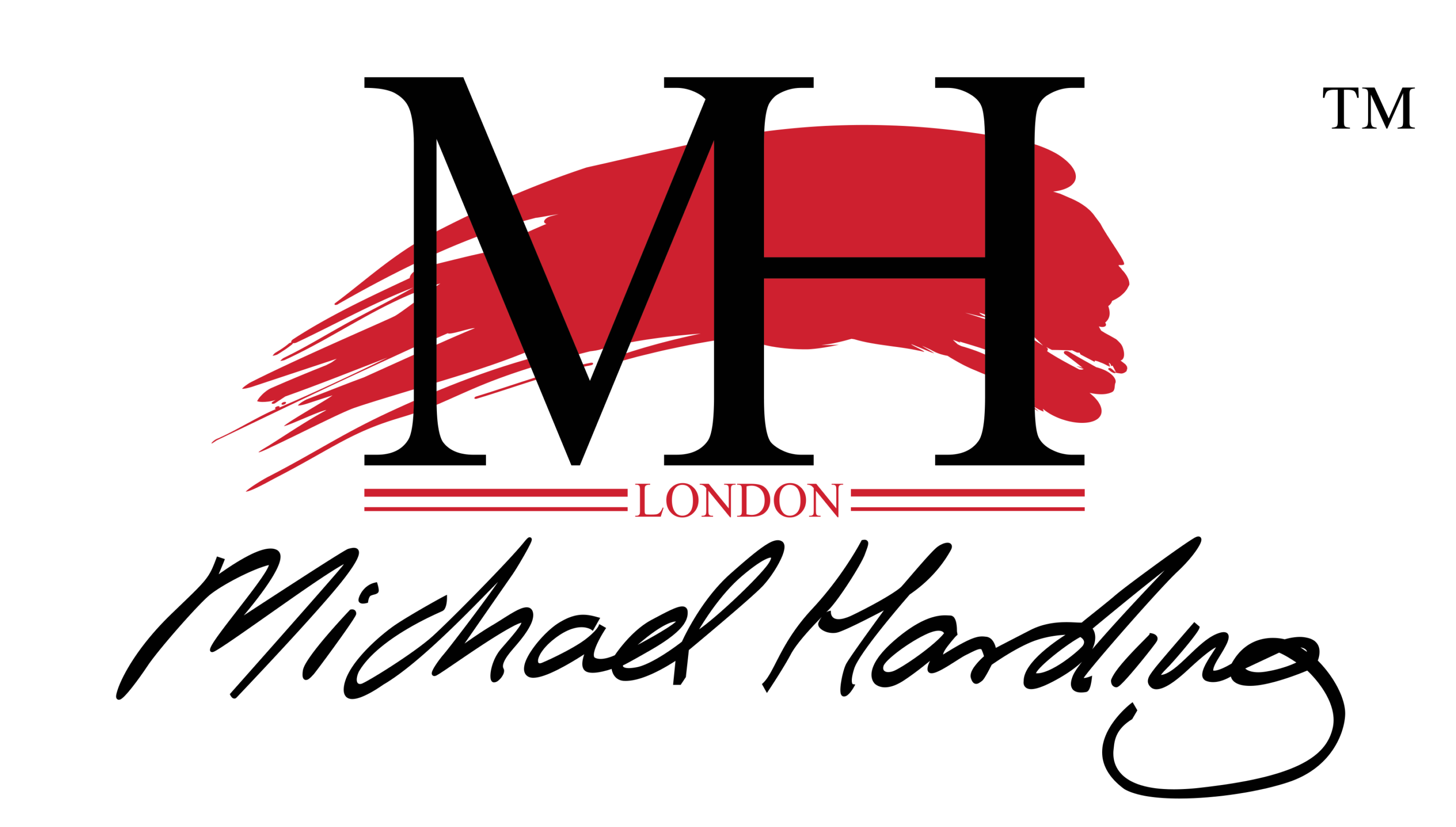Ten Artist Tips!
Artist And Illustrator magazine featured a piece from Michael about the use and care of his paints; you can read it here:
How should I store my oil paints?
Because pigments are heavy they can often sink within the oil and therefore separate. To avoid this store your oil paints cap down thus permitting the lighter weight oil to naturally flow up and the weightier pigment to flow down to the cap.
How important are mediums?
If you can already achieve with the paint what is in your mind’s eye then there is no need to add a medium. That said, a medium should only be added to assist for handling quality purposes or to obtain a surface which cannot be achieved with paint alone.
Rags with linseed oil or paint stored in a pile should be considered a fire hazard because they provide a large surface area for oxidation. The oxidation of linseed oil is an exothermic reaction (heat producing), which speeds as the temperature of the rags increases. If the heat cannot disperse the temperature increases and may eventually burst into flames literally spontaneously combust. PLEASE TAKE THIS SERIOUSLY in the many years of paint making we have had a fire once I also have often come across artists who have had mysterious studio fires. This of course is a trait of linseed oil and oil paints from any manufacturer not just Michael Harding.
Which Michael Harding medium should be used?
Oil Paint Mediums are added to oil paint to increase its flow and translucency. It will naturally thin the colour making it more transparent for the artist who desires more translucency in their paintings.
Beeswax paste is added to paint to give it body and increase the impasto brush stroke.
The new MH Oleo Impasto Medium was designed to increase the transparency of MH oil paint and, also used to create thick bold brush strokes.
Do you recommend the fat-over-lean technique?
Please do not bury oily, fat colours under heavy, thick lean paints – it is like building a house on rubber bricks.
How do I find a complementary colour?
To find the exact complementary colour of a colour stare at the colour you want the complimentary colour of for at least 30 seconds to one minute and then quickly shut your eyes. Your mind will present you with an exact opposite complimentary colour of what you were looking at. Take a look at the Michael Harding colour chart.
What’s the best way to speed drying time?
Set your painting in a warm room and in a bright sunny window. Use warmth and sunlight to help your painting cure faster. That’s right, paintings cure – they do not dry.
What does the word ‘lake’ mean on oil paint labels?
Believe it or not the word ‘lake’ is derived from a Hindi word Lac which originally described the number 100,000 and is a generic term. It refers to the many hundreds of thousands of insects one finds when drawing resinous materials from trees which was used to create colour in dyes.
Nowadays this term means a man-made pigment where a dye has been used to stain an inert pigment like chalk. For example, colours like the Phthalocyanines and quinacridones are some of the most lightfast colours we have. Lake colours originally had a bad reputation as they were made from organic vegetable matter which was fugitive – this is not the case today.
Where’s the best place to store a finished painting?
Store paintings in an area that is well lit as it will keep the colours bright. Storing them in a dark cupboard will darken the colours. Whites go a yellowish colour for example when kept out of brighter lit areas.
How do I choose a good support?
A good artist understands the difference between good quality linen and other panels. They also, of course, know the correct primers to use. If you need a good quality primer at a reasonable price you may want to try Michael Harding’s Non-Absorbent Acrylic Primer. It is specifically created for the oil painter in mind so as not to draw the oil out of a painting and therefore leaving it look dull and matt.
Often artists are “oiling out”, using MH Non-Absorbent Acrylic Primer will preclude this from having to happen or needing a retouch varnish. It may be used to prime linen, wood, and other surfaces that are not readily meant to be painted on with oil paints.
What’s your essential painting tool?
A bottle of wine and a mirror. (The wine is obvious as it is inspiration medium and increases relaxation!) Looking at your own painting in a mirror will allow you to see design and drawing faults as if you are an independent viewer. The mirror is a fantastic tool for assessing the design and drawing of any painting be it figurative or non-figurative.
Do you have a top painting tip?
A trick for painting portraits, particularly when painting Caucasian skin tones is to simply place a little bit of MH Terre Verte in shadows under the nose and chin. This tends to play up the red complementary colours of cheeks thus making the painting come a little more to life!
